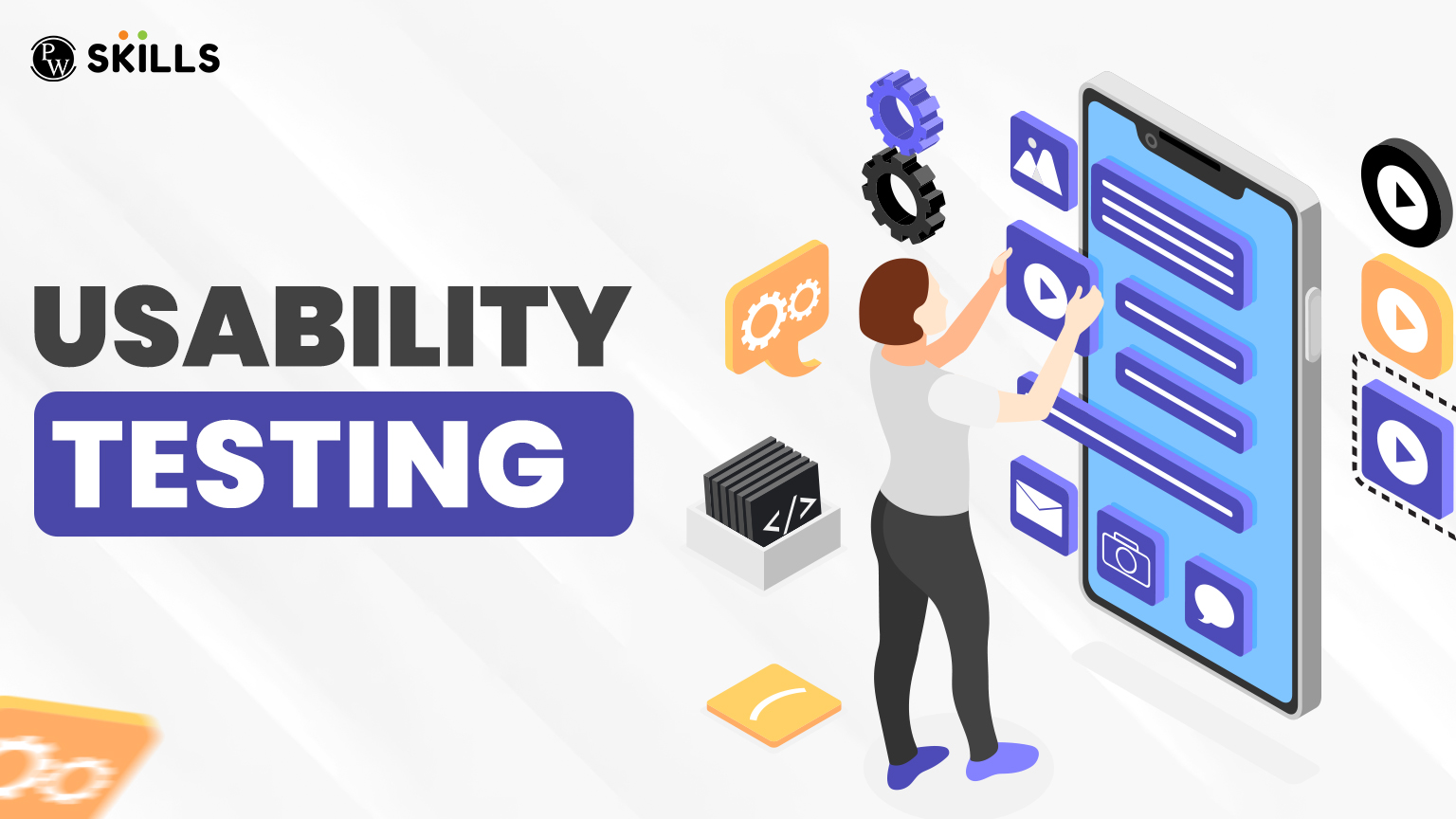Usability testing is an important concept in the designing field. Are you looking for a field in the world of UI UX design then you must need to be familiar with usability testing. Suppose you developed a system and you need to evaluate the usability of the product, then you must first be familiar with the concept of usability testing and its support tools and frameworks.
In this blog, let us get familiar with the fundamentals of usability testing and its importance in the UI UX Design field. It helps your team to assess whether your product is interactive and easy to use.
What is Usability Testing?
Usability Testing is a method in UI UX designing where users can interact with a product and make it more useful, identify problems, and gather insights for improvement in the product. This method ensures that the product is efficient and interactive for users connecting with the product.
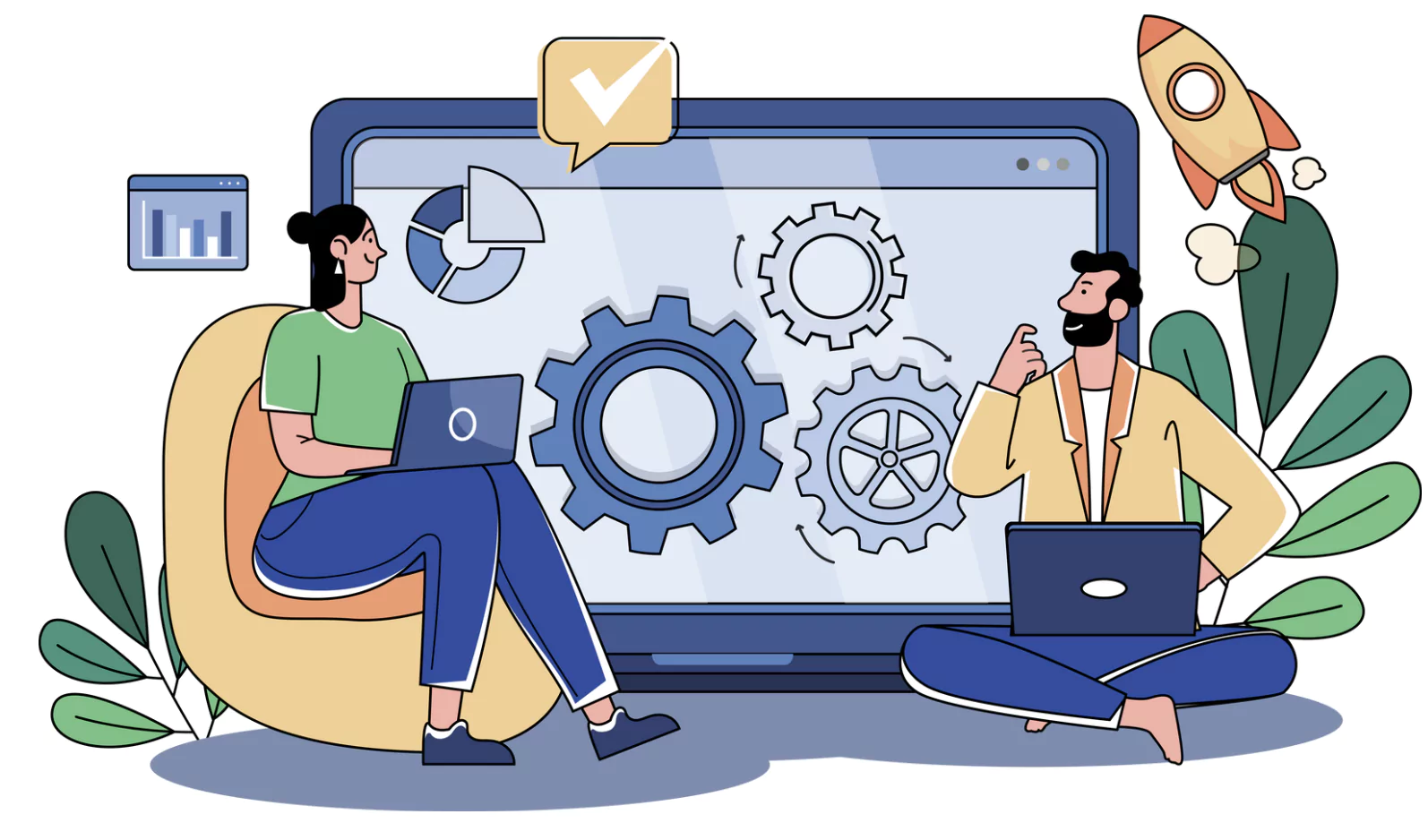
Usability testing ensures that the product fulfills the users expectations and ensures that they can complete their product uses. It help your design team and product team to assess how easy and interactive your product is for users.
Read more: UI UX Design AI: Tested AI Tools to Help you In Your Project Design
Examples of Usability Testing
1. Suppose in a survey users are given a task where they have to complete a software application. These tasks will evaluate whether the application is able to deliver the primary goal.
The task of the users goes like, “they have to find a product on the application, add it to cart and the proceed to checkout.” If the entire task is reported positive by the users i,e. The entire task can be executed in the application then the usability testing passed.
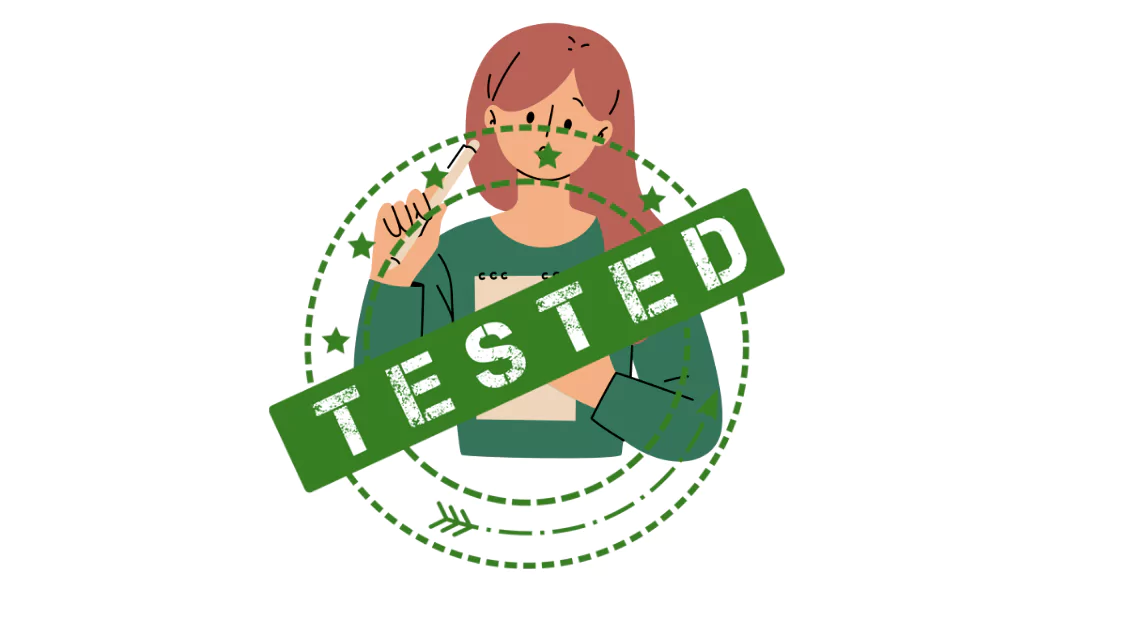
2. Let us take an example of remote usability testing where a user is given a task to complete on a website while the tester will be observing it using the screen sharing software tool. If the user completes the task then the application is working fine which will also be recorded on the screen sharing software tool.
Why Are We Using Usability Testing?
Usability testing carries a significant role in designing where designers focus on improving a product experience by identifying and addressing usability issues in the early phase of the software development.
It help designers and developers to understand how the users are gonna interact with the product and uncover areas of cross feedback where users might expect a more user friendly product. Let us know some of the major usage of usability testing in UI UX design.
- Identifying Issues Early: With the help of usability testing we can uncover usability issues before they become bigger problems in the software development process.
- Improving User Experience (UX): The main goal of usability testing is to enhance the overall user experience. It is done by understanding how real users interact with the design, you can make improvements that make the product more intuitive, efficient, and enjoyable to use.
- Validating Design Decisions: Usability testing allows designers and developers to validate whether their design choices actually work in practice.
- Increased User Satisfaction: Products that are tested for usability are typically more intuitive and enjoyable, which can lead to higher user satisfaction, loyalty, and retention rates from users.
- Cost and Time Efficiency: Finding and fixing usability issues early in the design process saves time and money in the long run. It’s cheaper to address these problems during the prototype or development phase than after a product is launched.
- Data-Driven Decisions: Usability testing provides actionable, and informed data that can guide design and development decisions. This removes any guesswork from the process and ensures changes are based on real user feedback.
- Meeting Accessibility Standards: Usability testing can help ensure that the product is accessible to a wider range of users, including those with disabilities.
- Boosting Conversion Rates: Usability testing also help in conversion of items to help users meet their long term goals.
Types of Usability Testing In Software Development
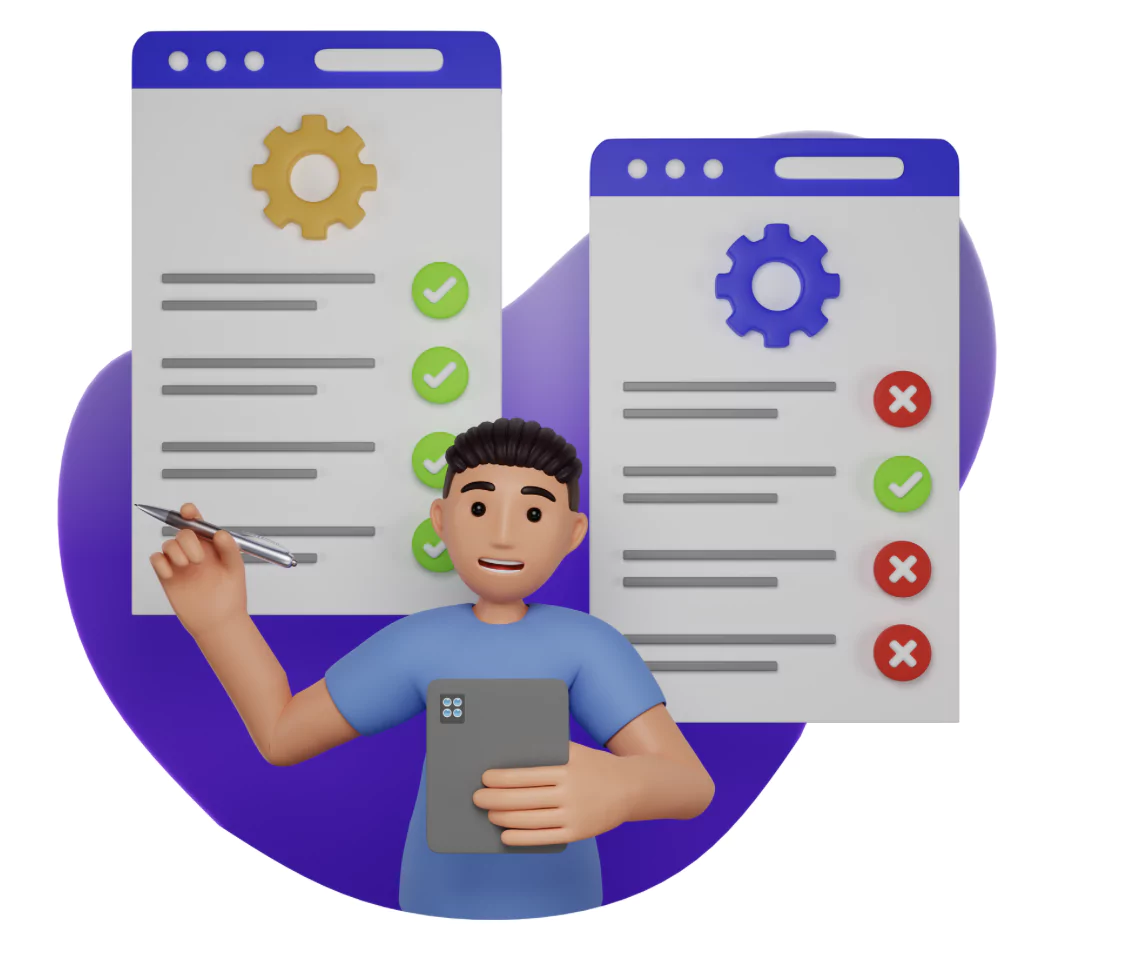
Usability testing is crucial for understanding how users interact with a product and identify the areas which need improvement. There are three different types of usability testing mentioned below.
- Quantitative Usability Testing
- Quantitative Usability Testing
- Remote Usability Testing
- In-Person Usability Testing
- Moderated Usability Testing
- Unmoderated Usability Testing
Qualitative Usability Testing
This type of usability testing focuses on gathering information and data based on “why” in a product. Here, the concerned personnel go through the user experience and usability of a product. These data can be gathered from surveys, interviews, and other observations.
Read More: UI UX Design AI Tools For Beginners In 2025
Quantitative Usability Testing
Quantitative usability focuses on collecting and analysing numerical data such as patterns identification, rate of errors, success rates, task completion and more.
Remote Usability Testing
Analysis of a product can also be carried out in person or remotely based on the user goals or research. Remote observation or usability testing are based on using online platforms or tools to allow users to share their screens and provide overall feedback of the product. It is popular due to its availability even in remote locations from any part of the world.
In-Person Usability Testing
In person testing is conducted in a physical location in a dedicated center or facility. It can be more time consuming, costly and limited to the raw materials available in a particular country.
Moderated Usability Testing
In the Moderated approach of usability testing a moderator is present who is responsible to guide the users through the test whether in person or remote. They can answer any questions the participant might have related to the product. This particular feedback of users is collected to make improvements in the product.
Unmoderated Usability Testing
Unmoderated usability testing is a type where there is no involvement of any moderator in between. Users complete their task independently using the tools available for testing.
Benefits of Using Usability Testing In Software Designing
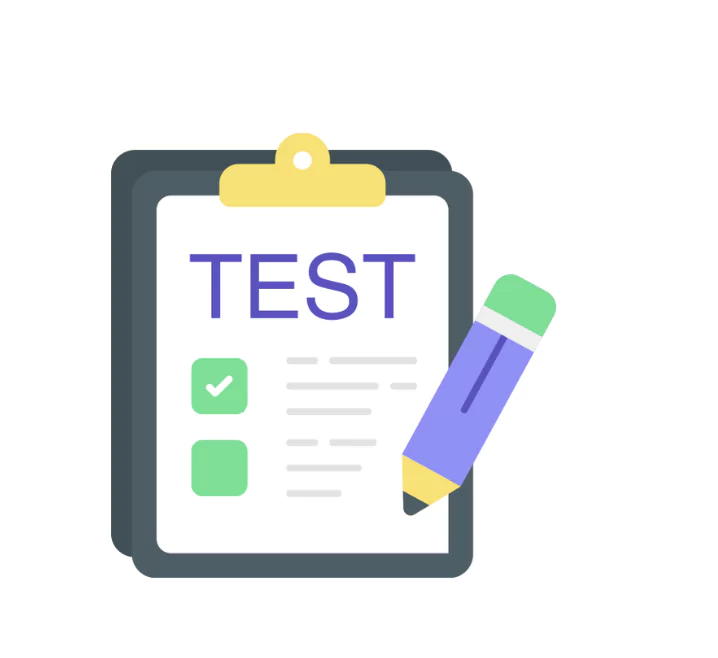
Usability testing ensures that the product which is going to be launched in the market is of use for the users and in demand to ensure the success of the product.
Save Development Time & Resources
You can save a lot of development time by avoiding any costly development mistakes. During the beta testing of the product you can conduct usability testing to ensure that all functions and properties of application are working. If any feature is not working you can easily fix it before launching.
Read More: UI UX Design Intern: Find New 10 UI UX Design Intern Roles In 2025
Make Product for Users
When you are building a product then it is important for you to ensure that the product developed must be of use by the targeted set of people. If you conduct usability testing and talk to consumers then you might know what features they actually need and tailor your product based on their needs and solve their problem efficiently.
Increase User Satisfaction
You can increase the user satisfaction when you tailor a product based on your targeted users. They will use the product and fulfil their needs. You can make more improvements by conducting usability testing at various stages of product development.
Increase Accessibility
With usability testing you can ensure that your product is accessible to everyone even with people including various types of disabilities, such as physical, visual, or auditory requirements.
Identify Usability Issues Early
Testing early and often can uncover usability issues that may not be obvious to the development or design team. Also, it is important in identifying these issues in the early stages of the project helps to avoid costly revisions later in the development cycle.
Higher Conversion Rates
With usability testing you can ensure that the users can easily complete the desired action on the platform such as making transactions, signing up and more.
How to Evaluate the User Experience In Design?
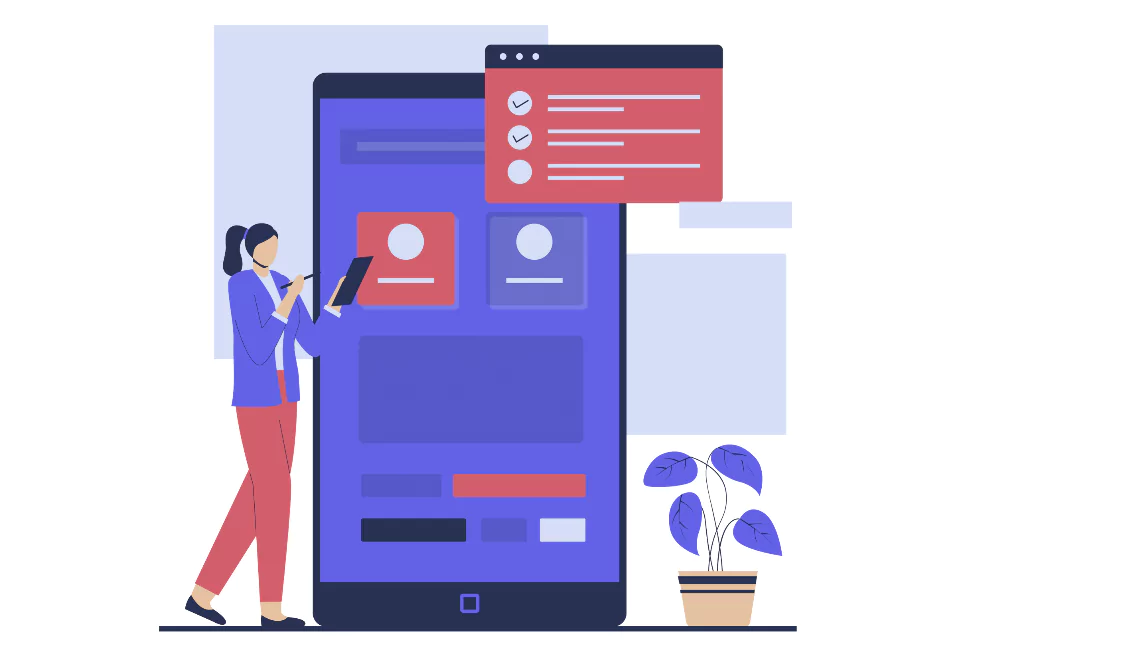
Let us throw some lights on how to evaluate the user experience in design.
1. User Testing
These testings are based on users interacting with the beta or trial versions of the product to understand to what extent it is able to deliver the primary output of the application. User testing can be done on task basis, using tools, guides and frameworks (Moderated testing), and remotely with actions recorded for later surveys.
2. Surveys & Questionnaires
Surveys are dependent on getting direct feedback from a large number of users through a google form filled with relatable questions. Users can pinpoint their pain points and satisfaction level of the product through these surveys and questionnaires.
It usually provides quantitative data that can be used to gauge user satisfaction and identify specific areas of improvement.
3. Analytical Methods
Data is the best way to measure or track a user behavior with the product. You can evaluate how users are interacting with the product on a larger scale. Some of the key metrics you can use to track the records are task completion rate, click paths, bounce rate, time on task, and more.
4. Usability Metrics
Many usability metrics can provide insights on how well users can interact with the product. Some of the key metrics are efficiency, effectiveness, satisfaction, and more. These metrics help the professionals understand the performance of a design.
5. A/B Testing
A/B testing compares two versions of a design to see which one performs better in terms of user engagement or goal completion. For example, you are testing two buttons in different colors or you are comparing page layouts to see which one provides you with high conversion rates.
6. Customer Support Feedback
Feedback from customer support teams can provide valuable insights into common user complaints or difficulties. Issues reported by users during support interactions may highlight areas of the design that need improvement.
Learn UI/UX Design With PW Skills
Become a design expert and handle in demand project designs with PW Skills UI UX Design Course. With PW Skills UI UX Design Course, you can master the creation of interactive user interfaces and user experience designs. Learn UI UX design fundamentals, tools, and frameworks. Master Figma, Sketch, Adobe XD, Sketch, and other design tools in this 6 months course.
Build a strong portfolio through hands-on projects and learn to craft appealing and interactive digital designs. Get interactive live sessions, career assistance, and a dedicated peer network, and gain creative skills through user research, prototyping, and design tools.
Usability Testing FAQs
Q1. What is Usability Testing?
Ans: Usability Testing is a method in UI UX designing where users can interact with a product and make it more useful, identify problems, and gather insights for improvement in the product.
Q2. Why do we use usability testing?
Ans: Usability testing ensures that the product fulfills the users expectations and ensures that they can complete their product uses. It help your design team and product team to assess how easy and interactive your product is for users.
Q3. What are the types of usability testing?
Ans: Some of the major types of usability testing are qualitative, quantitative, remote, in-person, moderated, and unmoderated usability testing.
Q4. What is an example of usability testing?
Ans: Designers use this method to ensure that the product is meeting its users completely able to execute the defined goals and objectives. Suppose you have a shopping website, then we can use usability testing to ensure that the “Add to Cart” option is working fine without errors.

